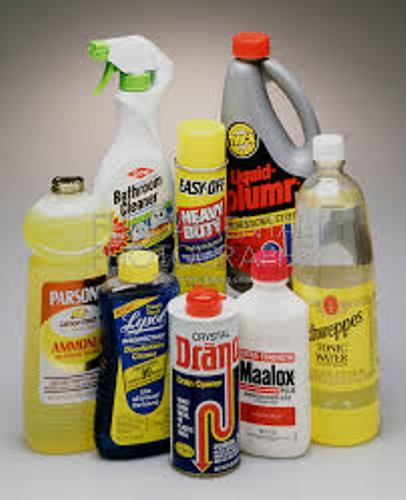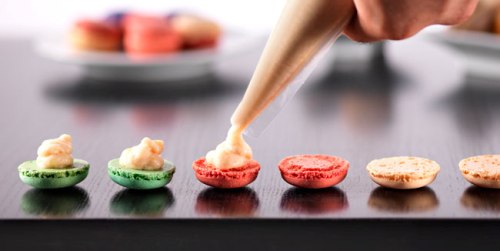10 Facts about Bases
Facts about Bases talk about the characteristics, examples and reactions of bases. The color indicator of bases can be been when it turns the red litmus paper into blue color. This substance tastes bitter and slippery to touch. To create salt, it will react with acid. The common reaction of bases is the base catalysis. Here are some interesting facts about bases:
Facts about Bases 1: the ions
The type of ions in the liquids determines whether it is base or not. If the liquid contains a lot of hydroxide ions, then it is called as a base.
Facts about Bases 2: the pH scale
Besides determining the type of ion, you can check the pH scale to measure the base of the liquid. If it has the scale from 7 to 14, then it is called a base. The strongest base has the rate at 14. However, it is considered neutral if it has 7 scale.
Facts about Bases 3: the dangerous characteristics
Bases can be dangerous if they have the pH scale around 13. If you have to handle this base, ensure that you use protection.
Facts about Bases 4: the base in our body
The body of human being also contains base. To help the digestion, pancreas produces a base. It is called alkali. Moreover, the base can be used to neutralize acid. The examples of bases include metal hydroxides and metal oxides. Both of them can produce the neutral products if they are reacted with acid.
Facts about Bases 5: alkalis
Alkalis are the type of bases which are soluble in the water. Some examples of alkalis are potassium hydroxide and sodium hydroxide. All kinds of alkalis are included as bases. Find out facts about alkalis here.
Facts about Bases 6: other examples of bases
Let’s find out other examples of bases. The sea water is included in bases for it has the pH scale at 8. Baking soda is also base for it has 9 pH scale. Other bases include milk of magnesia, soapy water, liquid drain cleaner, oven cleaner, bleach, and ammonia solution.
Facts about Bases 7: Calcium hydroxide
The chemical which has the strong or medium strength base is calcium hydroxide. It is also known as milk of lime, hydrated lime, calcium hydrate, or slaked lime.
Facts about Bases 8: no hydroxide ion
Not all of bases have hydroxide ion. However, you can increase the hydroxide ion concentration by reacting the bases with water. The ammonium and hydroxide will be generated when you react ammonia and water.
Facts about Bases 9: the acid spill
If you want to neutralize the acid spill, you can use the weak bases such as egg white and baking soda. If you use strong base, it can cause damages. Get facts about acids and alkalis here.
Facts about Bases 10: soap
The soap is made of base called Sodium hydroxide.
Are you interested reading facts about bases?








